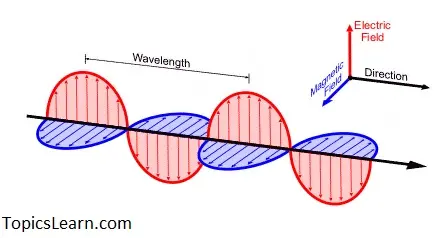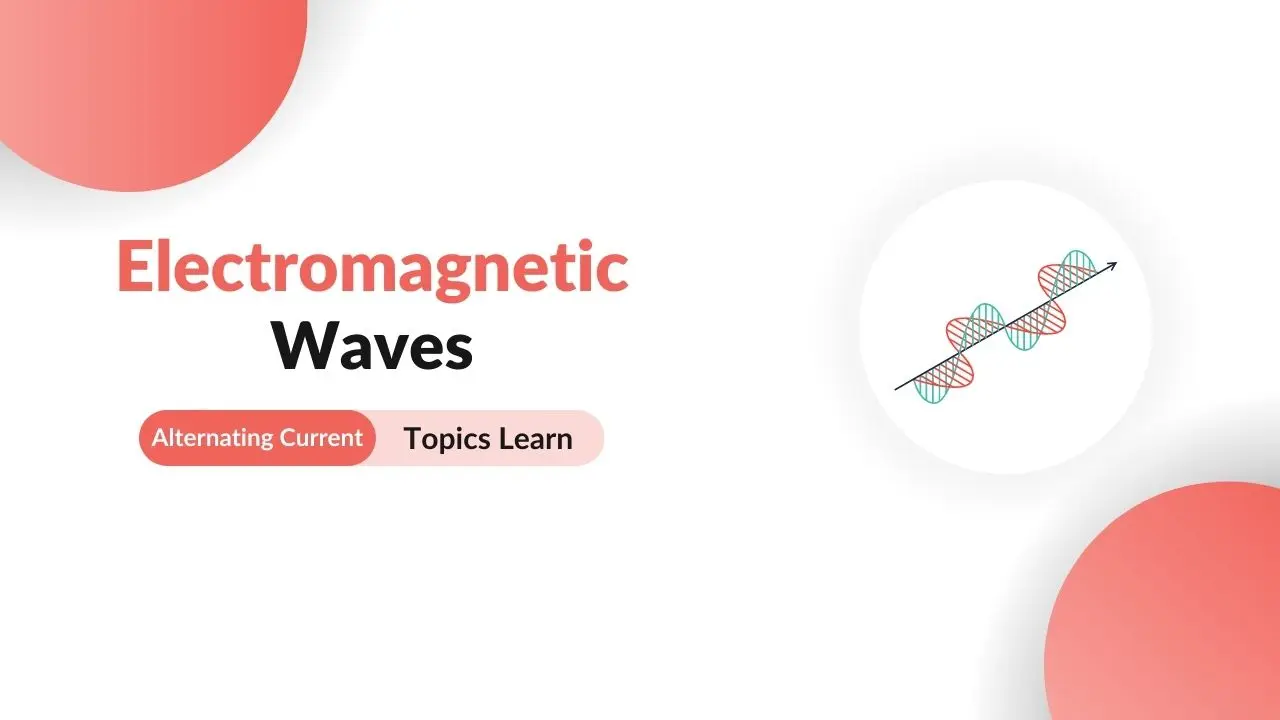Electromagnetic waves consist of electric and magnetic field which oscillates with some frequency and their amplitudes of oscillations are perpendicular to each other.
Electromagnetic require no medium for their propagation. They can travel in a vacuum. Their speed is very large. They can rapidly propagate all (the time) around.
In 1846 British physics “James Clerk Maxwell” formulated a set of equations known as the “Maxwells Equation” which explains electromagnetic phenomena.
According to the Maxwell equation, an electric field and charging electrical produce a magnetic field.
Related material:
- Electric Current
- Ohm’s Law | Ohmic & Non-Ohmic
- Resistivity and its Dependence
- Electric Force vs Gravitational Force
- Applications of Electrostatics
- Geometrical Optics Full Chapter MCQs
- Kirchoff’s Laws
Consider a region of space AB in which magnetic field/flux is charging. Due to this changing electrical field is produced in the surrounding region CD.
Thus each field generates the other and the whole package of electric and magnetic fields will move along propelling itself through space. Such moving electrical and magnetic fields are known as “Electromagnetic waves”.
The electric field, the magnetic field, and the directions of their propagation are mutually perpendicular to each other. Electromagnetic waves are periodic waves because they repeat themselves after a fixed interval.

They move with the speed of light:
C = fλ
- c = 3×10^8 m/s
- λ = Wavelength symbol
- f = Frequency
According to different ranges of frequency, electromagnetic waves are named differently.
